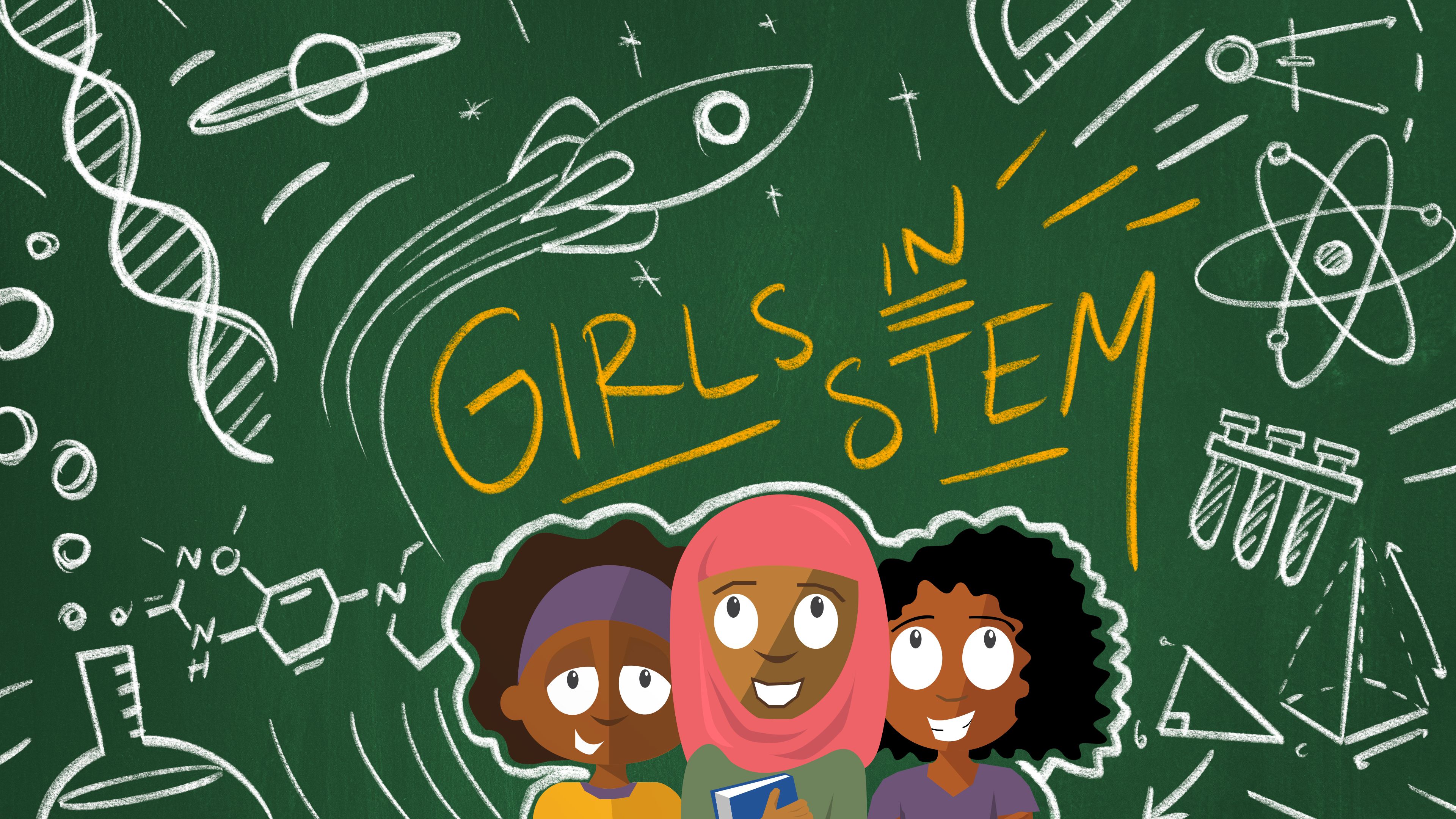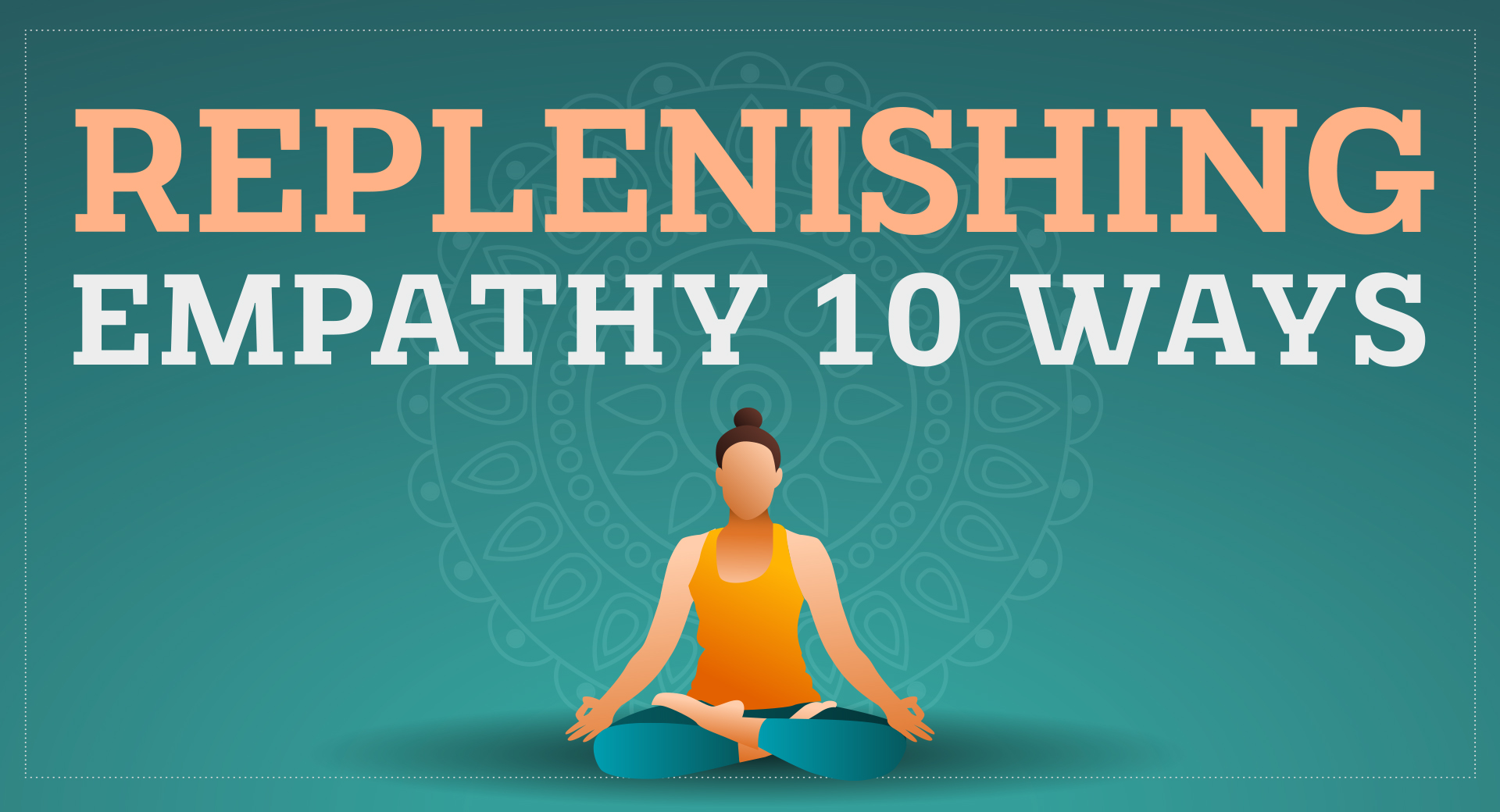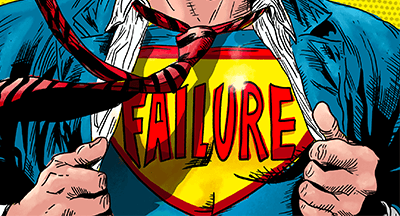
Are girls really underrepresented in STEM?
Yes.
In the US, the workforce is pretty evenly split between men and women, but in STEM fields men make up 73% of the workforce to women’s 27%. Why?
It’s easy to want to find a well-meaning solution for this disparity, or even to brush it off as unimportant. But achieving a gender parity in STEM fields (particularly computer science, engineering, and programming, among others) isn’t just a feel-good social justice crusade. The number of open tech jobs far outpaces the population of traditionally qualified candidates—data projections have pointed to a global shortage of 85 million tech workers by 2030. It’s not a matter of encouraging girls to pursue STEM programs just for the heck of it, to prove they can and earn a good paycheck—it’s a matter of graduating enough highly skilled workers to meet economic demand.
Still, the imbalanced statistics for the genders in STEM are damning. What can K12 schools do to play their part in preparing the next generation for a talent-hungry workforce?
Let students lead
Anna Auer, a junior at Pacelli High School in Stevens Point, Wisconsin, is pursuing her own career in STEM (currently eyeing a pre-med, clinical lab science path). She wasn’t always on track toward a STEM career—on the contrary, she’s a relative newcomer. She described the way a bio teacher’s style helped lead her to a love of science.“We picked the way we learned,” she explained. “It was much more our pace, and hands on—I really like learning that way.” Auer describes how at the high school level, she and her peers were given the opportunity to choose their classes. She chose science-based classes and loved them.
Ditch the gendered language
One suggestion experts offer companies hiring for STEM roles is to be extra deliberate about the pronouns, descriptions, visuals, and other messages they use in hiring. One of the main objections cited in the theories of why girls are steered away from STEM is the overwhelming male-dominated culture (which recent census statistics happen to back up, as discussed above). Not only do recruitment pros run the risk of having applicants self-select out, but they may also give the wrong idea that they prefer male candidates for whatever reason.It's the same concept in school. Instead, keeping language neutral in the classroom, descriptions of courses, and other communication doesn’t ever leave out boys from the invitation; it simply ensures that girls and nonbinary students are equally welcome.
“I think growing up there’s stereotypical girls’ jobs and guys’ jobs. In elementary school, you see scientists as a boy. It’s very stereotypical and it’s not true,” Auer said of her experience with gender imbalance in STEM fields. “There’s a lot of women in STEM. It’s powerful.”
Challenge implicit biases
Explicit bias is easier to combat, but its insidious sibling implicit bias is much, much more difficult to spot—in fact, it’s imperative that the most open-minded of us must realize our own implicit bias steers our decision-making more that we’d care to admit. Since its debut on the scene in 1995, researchers have worked hard to figure out what drives implicit bias (things like our natural instincts for pattern recognition, our penchant for shortcuts, and societal cues), but one thing is very clear: these biases are solidified at an alarmingly young age and applied to the very young as well.The American Association of University Women (AAUW), which originated its research in a paper disproving the myth that college impairs a woman’s fertility (seriously) offers an alarming observation that parents and teachers often underestimate girls’ math abilities as early as preschool. Speaking of math anxiety, AAUW also mentions another implicit bias in math teachers, who assume girls need to work harder to achieve the same level as boys, grade them harder, and pass on the myth of the “math brain”: the belief that there is a biological, cognitive difference between males and females.
Auer agreed that shifting into STEM was a little different than other courses in previous grades. “Some material is challenging—different ways of thinking, different labs. Not only the material but the ways of learning.” Still, once she understood, she appreciated the challenge.
It’s easy to get bogged down in the gloomier, unbalanced side of women in STEM. Really, really easy. Slowly and steadily, women are gaining—from 8% of US STEM workers in 1970 to 27% in 2019 (while the total of women in the workforce went from 38% to 48%). But Anna Auer’s experience has only been encouraging, and she recommends STEM to girls anywhere.
“When I got to high school, everyone was taking chemistry, so I did too. I thought it would be so hard and awful. It was hard, but I really liked it!”
Follow-up resource: Hear from more women in STEM
What's it like to be a woman in programming? Let's find out.WHAT'S NEXT FOR YOUR EDTECH? The right combo of tools & support retains staff and serves students better. We'd love to help. Visit skyward.com/get-started to learn more.

|
Erin Werra Blogger, Researcher, and Edvocate |
Erin Werra is a content writer and strategist at Skyward’s Advancing K12 blog. Her writing about K12 edtech, data, security, social-emotional learning, and leadership has appeared in THE Journal, District Administration, eSchool News, and more. She enjoys puzzling over details to make K12 edtech info accessible for all. Outside of edtech, she’s waxing poetic about motherhood, personality traits, and self-growth.




